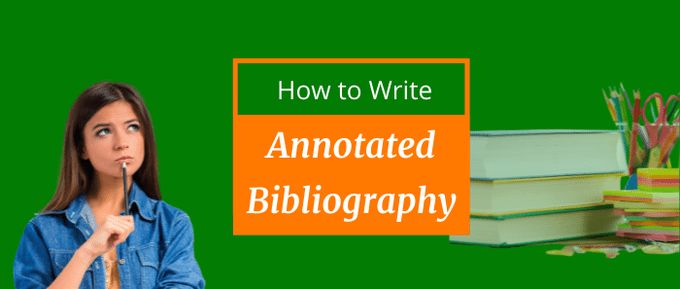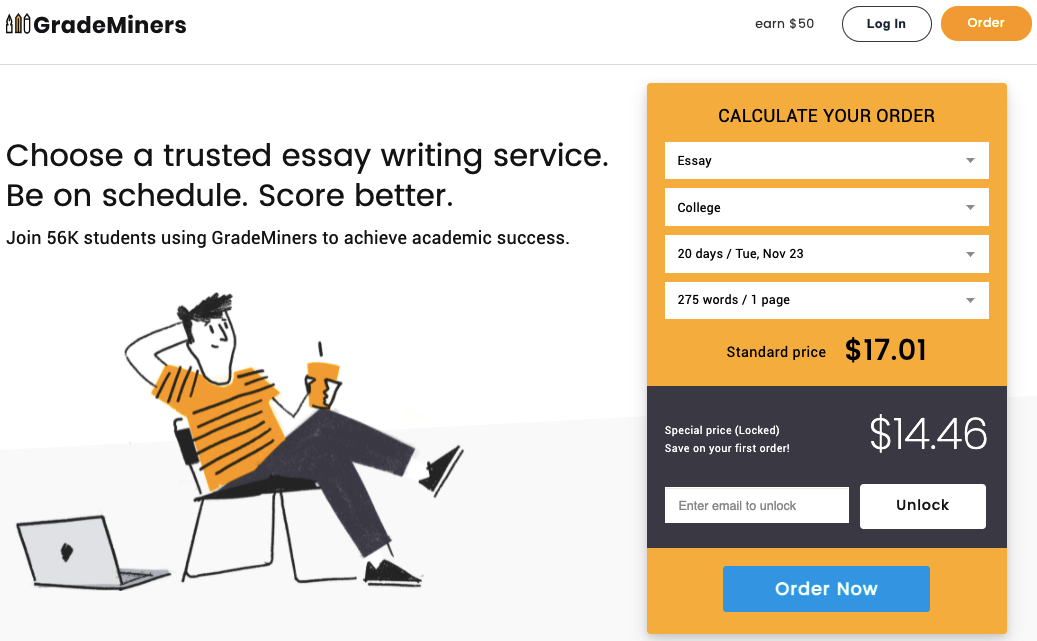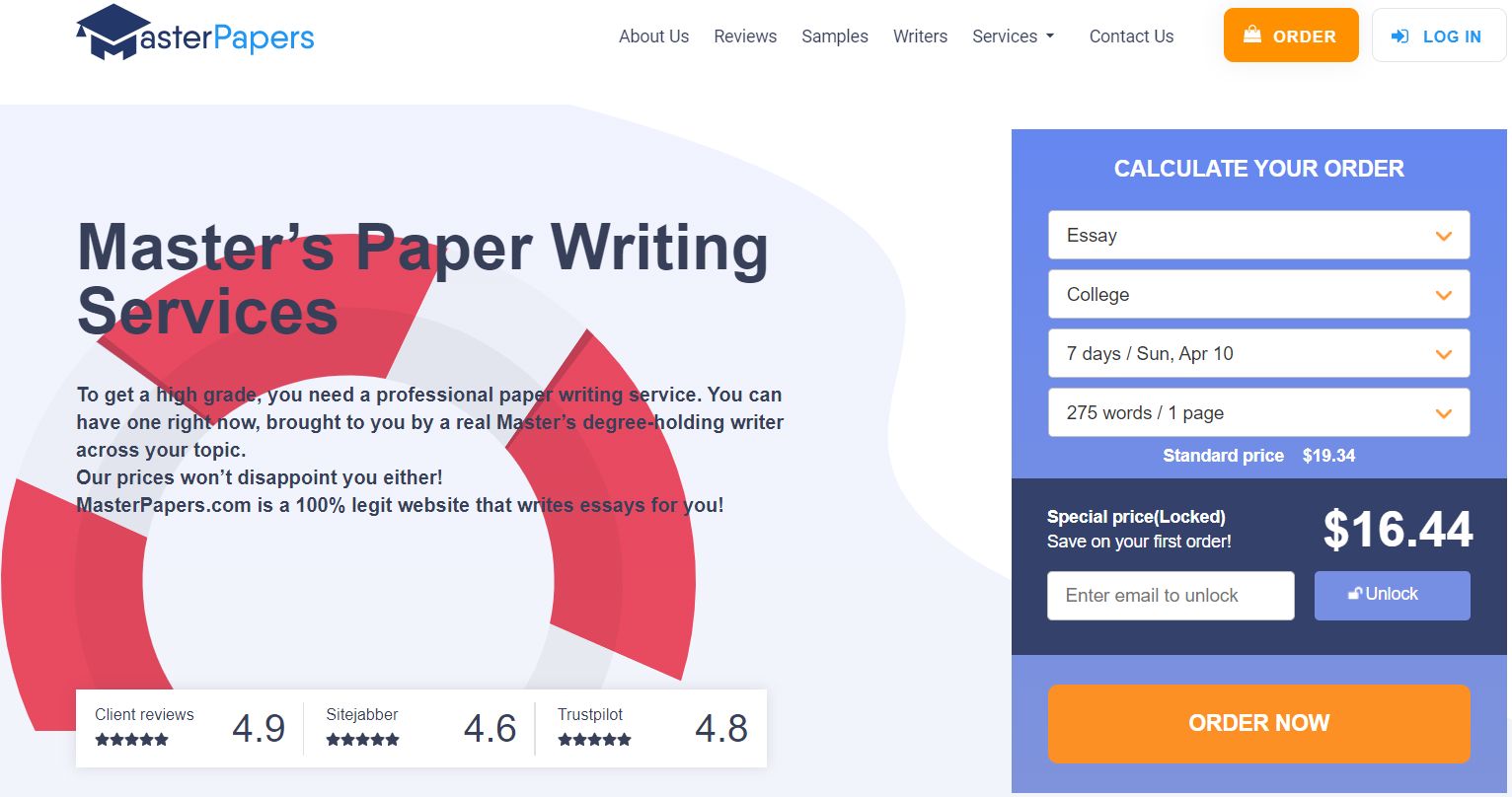What is an Annotated Bibliography
Publication Date: 15 November 2022
As a student, you may be required to make an annotated bibliography in your academic paper. If this is something new to you and it sounds scary, this article will quickly introduce you to this topic and help you get started with your own annotated bibliography right away. Here, besides a step-by-step guide and a variety of useful tips, you can also find a relevant annotated bibliography example and answers to the most frequently asked question on the topic of annotated bibliography by other students.
What is an Annotated Bibliography?
In simple terms, an annotated bibliography is an advanced type of bibliography list, which we include at the end of our college papers. Unlike a regular bibliography list, an annotated one provides much more information than just the publication year, the name of the author, and the title of the academic work itself. In an annotated bibliography, one should describe the cited source, explain its relevance to the main research, and evaluate its place in the scientific field.

A good annotated bibliography should inform the reader of the sources used in the work and help them navigate through your work with ease. A typical annotated bibliography example would be 150 words in volume and normally doesn’t exceed a single paragraph.
Types of Annotated Bibliographies
Depending on the type of your academic paper or the grade you are in, there could be two basic types of annotated bibliographies:
- Informative. Also called a descriptive, this type focuses on describing the basic information available for the work: the general purpose, the structural elements (sometimes you may be required to list all the chapters in a book), literary or scientific value, and place among other relevant sources of information;
- Analytical. In addition to the descriptive value specific to the previous type, this annotated bibliography type also includes the author’s analysis and evaluation of the work. A common analytical annotated bibliography example would include things like the relevance of the work, its ability to close the existing knowledge gaps, and its benefits or pros and cons compared to other works in the same field.
Basic Steps in Making an Annotated Bibliography
The annotation process can be divided into several stages: analysis of the text of the work; study of additional sources; selection of information characterizing the essence of this work; annotation text design and editing.
Analysis of the text of the work
For a thorough execution of this step, the writers have to familiarize themselves with the work annotated. It is ideal when you already know the cited work; you’ve read it before and, perhaps, have even studied using this work. Another story is when the annotated work is new to you – this is where the hardest part begins and you need to read and understand the material.
When analyzing the text, pay attention to its scientific value, uniqueness of the work, key elements used, including linguistic and structural ones, the time and circumstances when the work was created, and many other details and nuances. There are no trifles in this important step of making an annotated bibliography.
Studying additional sources
Such sources can be reviews, critical articles, and critical biographical, historical, and literary works. These sources can be identified using references and bibliographic publications. The purpose of this step is to make sure the source that you will ultimately select for your annotated bibliography, is the most relevant and important among all. Check out an available annotated bibliography example to see how others have coped with studying additional sources and the selection phase.
Selection of information characterizing this work
This is the most responsible and important step. You need to decide what kind of information to include in your annotated bibliography entry. Remember, that the average volume of such an entry should not exceed 200 words, ideally 120-170 words.
When compiling annotations, bibliographers should be objective and should not rely solely on personal impressions. A very common annotation technique is citation. In one case, the words of the author are quoted, in the other – character, in the third – a review of a scientist, critic, eyewitness of events, or memoirs of contemporaries.
Annotation text design and editing
Writing a 150-word text may not seem like much work, however, this has to be a highly thought-through, topical, and refined piece of text. Conciseness is a distinctive feature of every annotated bibliography example you may find. The challenge is to unify relevant information while highlighting the most significant one, or the main thing. For example, to attract the reader’s attention to a particular book, at the very beginning of your annotation text, report an interesting fact (events) or emphasize the significance of this work in many others, similar in content.
Annotated Bibliography Example
MLA Example
The MLA referencing style is one of the most popular styles used in academia. Here is an annotated bibliography example using MLA style:
Michael, Pride. Global Economy in the 21st Century. Associated publishers. 2011.
In Global Economy in the 21st Century, Michael Pride talks about the common challenges and development trends of the global economy in the 21st century. Unlike many other authors writing on the same topic, Michael doesn’t wear pink glasses only and devoted a significant part of his work to discussing the challenges faced by the globalized market and free trade in the new era. Things like overpopulation, the global migration crisis, the ever-increasing competition between the US and China, and the depletion of natural resources are among the central topics. His findings strongly correlate with the results of my thesis research.
APA Example
An annotated bibliography example in APA style would be helpful for students studying science and technology:
Monica, T. (2014). The Superstring Theory: Problems and Future Research. Camcold Press Ltd.
The key point that the Harvard theoretical physicist, Monica Thomson, makes in her publication is that the current representation of the once popular Superstring Theory is not adequate to explain the latest findings of the several elementary particle colliders and their implications on our understanding of the physical world. Hence, she calls for a new and better development of the multidimensional models of the observed physical reality, such as the latest M-Brain Theory or the Multiverse Theory.
Frequently Asked Questions
How is the annotated bibliography different from an abstract?
An abstract is a concise description of a writing piece. It only has an informative value, whereas, an annotated bibliography brings in the analytical and evaluative dimension to a descriptive text.
How long should an annotated bibliography be?
An average length of an annotated bibliography is 150 words. However, one can find annotated bibliography example, which contains only 50-70 words, as well as extreme samples of 200-250 words.
Where can I find a good annotated bibliography example?
Check out the examples we provide in the current article, or search online for other samples.
Do I always need to write annotations to my bibliographical lists?
There is no need to write annotations in all of your academic articles. Check out with your supervisor for the precise requirements of your paper.






